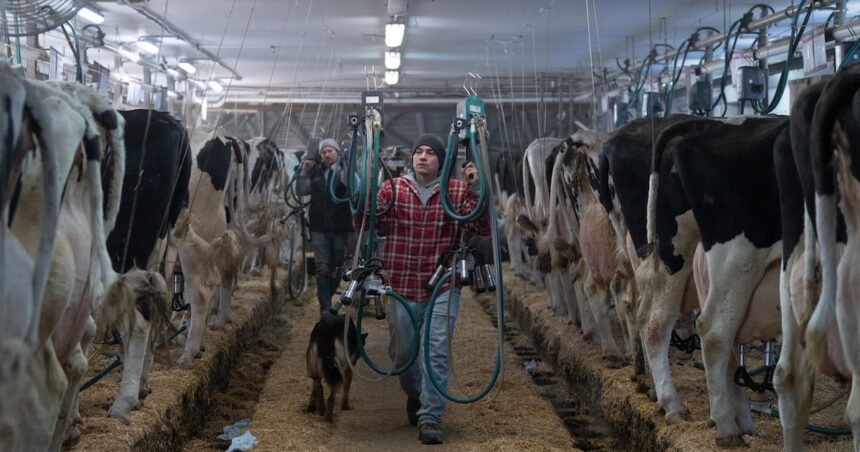In a strategic move amid growing cross-border tensions, Ottawa’s newly minted supply management legislation faces its first major test as Donald Trump secures a second term in the White House. The law, designed to fortify Canada’s agricultural sovereignty, may prove insufficient against the incoming administration’s aggressive trade stance, according to leading economic analysts and trade experts.
“This legislation was crafted with good intentions, but it’s essentially bringing a regulatory shield to a tariff war,” explains Dr. Helena Vaughn, Director of North American Trade Relations at the University of Toronto. “Trump’s previous administration demonstrated both the willingness and creativity to circumvent international trade frameworks when it suited American interests.”
Canada’s supply management system, which regulates production and pricing for dairy, poultry, and eggs, has long been a point of contention in Canada-U.S. relations. The new legislation aims to strengthen these protective measures by establishing stricter enforcement mechanisms and enhanced compensation frameworks for affected sectors.
The timing is hardly coincidental. With Trump’s campaign promises to prioritize “America First” trade policies, Canadian officials appear to be bracing for impact. During his previous term, Trump repeatedly characterized Canada’s supply management as “unfair” to American farmers and imposed punitive tariffs on Canadian steel and aluminum using national security provisions.
Trade Minister Marcus Thompson defended the legislation yesterday, stating: “We’re not just protecting Canadian farmers, we’re protecting Canadian food sovereignty and rural communities that depend on stable agricultural markets.” However, his optimism isn’t universally shared among industry stakeholders.
Richard Leblanc, CEO of the Canadian Agricultural Council, offered a more measured assessment: “The legislation strengthens our position, certainly, but we’re realistic about the challenges ahead. Trump’s administration knows our vulnerabilities and has shown willingness to exploit them through targeted tariffs or regulatory pressure.”
Economic data suggests the stakes couldn’t be higher. Canada-U.S. trade totaled approximately $875 billion last year, with agricultural products accounting for nearly $48 billion. Any disruption could have cascading effects through Canadian supply chains and consumer prices.
Former trade negotiator Elizabeth Chen points to specific vulnerabilities: “The legislation doesn’t address the fundamental issue that Trump’s team successfully leveraged last time—using tariffs on unrelated sectors like automotive or energy to force concessions on agricultural access. It’s like reinforcing your front door while leaving the windows open.”
The legislation includes provisions for rapid response mechanisms and industry support packages, but critics argue these are reactive rather than preventive measures. “Compensation after market disruption doesn’t preserve market share or consumer confidence,” notes agricultural economist Dr. James Forrester.
Prime Minister Justin Trudeau has emphasized that the law represents Canada’s commitment to protecting its agricultural sovereignty while maintaining positive trade relations. However, inside sources suggest contingency planning is already underway for potential targeted retaliatory measures should the Trump administration move against Canadian interests.
As global markets watch nervously, the fundamental question remains: in a renewed era of protectionist trade policies, can legislative frameworks effectively shield domestic industries from determined foreign pressure? For Canadian farmers and consumers alike, the answer may determine not just economic outcomes, but the very nature of our food system’s future.










